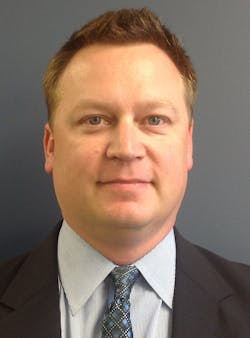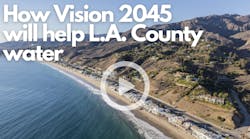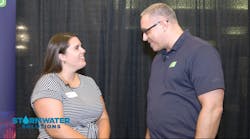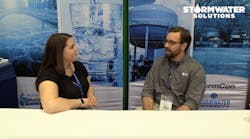Here at the National Municipal Stormwater Alliance (NMSA), we are always keeping an eye on the macro-view of trends, policies and actions impacting the MS4 sector. Here is a summary of what we feel were important items of note from the past year as well as thoughts on what we see happening in 2023.
There were some positive developments for stormwater in 2022. The EPA Clean Watershed Needs Survey (CWNS) is underway, with the EPA data entry portal closing at the end of February 2023. The Infrastructure Investment and Jobs Act (IIJA) provided a potential pathway to much needed resources for stormwater investment. While funds for these investments in the stormwater sector were authorized by the IIJA, they remain only hypothetical until Congress appropriates these funds.
In addition, public awareness about plastics and the harm they can cause in the environment is increasing. NMSA worked with EPA and their Trash-Free Waters program along with KCI Technologies and the American Chemistry Council’s Plastics Division to explore the issue of aquatic trash.1
Other additional, much-discussed topics were the potential threats and broad presence of emerging pollutants, such as PFAS and 6PPDq (a by-product of tire wear and pesticides), and accurately capturing the need for stormwater investments via the EPA-led CWNS compared with previous CWNS efforts.
Looking forward, NMSA sees three high-priority topics — Stormwater Control Measure (SCM) performance, federal funding and climate change. On the issue of performance, NMSA is planning for a “soft” launch for the Stormwater Testing for Evaluation of Products and Practices (STEPP) program in 2023 by providing the first available
performance verification services for trash capture technologies. Ongoing activities for STEPP in 2023 will include working to finalize other lab- based testing ASTM standards associated with hydrodynamic separators and filter system products. We will also continue to develop field-based testing standards based upon the Washington Technology Assessment Protocol for Ecology (TAPE) protocols.
In regard to climate change, funding has been secured within IIJA to update NOAA Atlas 14 and transition to Atlas 15 within the next five years to provide comprehensive precipitation frequency information that incorporates more recent data to capture the changing precipitation patterns.
Beyond pushing for appropriations of authorized funds for stormwater investments spelled out in the IIJA legislation, there is a need to consider new stormwater funding programs at the federal level or to make significant changes to existing funding programs, including the Clean Water
State Revolving Fund (CWSRF) program. Analysis of EPA data shows that only 1.8 percent of the CWSRF funding from 1988–2022 supported stormwater projects.
Similarly, the EPA 319 program has the potential to provide support to stormwater programs across the country, however these funds can only support projects that have unregulated purposes.
NMSA is assisting stormwater program managers through programs like STEPP as well as tracking federal-level regulations and legislative to ensure that MS4s from across the country have a voice at the national level and a seat at the table alongside other national organizations as stormwater-related policies and programs are shaped. All told, 2023 is shaping up to be a dynamic year in stormwater.
REFERENCES
1. https://www.epa.gov/trash-free-waters/aquatic-trash- prevention-information-and-resources-stormwater- and-solid-waste)







